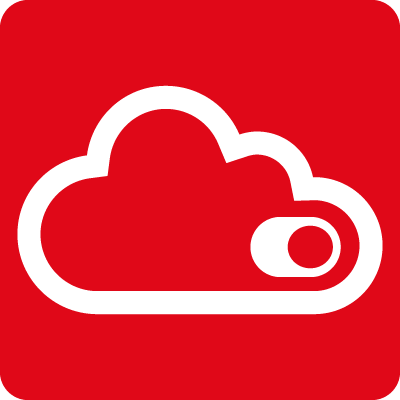IoT Integration Features
IoT Integration delivers the functionality (What? → telemetry, control, monitoring) — the business goal to bring machines and data into your service platform.
Use of IoT Data in Salesforce
Objective:
Enable service employees to view, analyze, and act on live and historical telemetry data within Salesforce.
Key Capabilities & Benefits:
Live Telemetry Display
Asset health overview (online/offline, operating status)
Customizable real-time graphs
Parameter selection & export options
Diagram snapshots stored in Salesforce
Historical Data Analysis
Retrieve & visualize long-term usage trends
Select timeframes and metrics
Export formats for further analysis
Event-Based Notifications
Subscribe to asset-specific alerts
Manage notification subscriptions via user profile
Centralized IoT Console
Objective:
Provide a single dashboard for service managers to monitor asset performance across the fleet.
Key Capabilities & Benefits:
Real-time overview of all connected assets
Visual analytics of alerts, telemetry values, and asset types
Custom dashboards and drill-down into asset behavior
Asset Auto-Registration
Objective:
Enable automatic creation and matching of Salesforce assets from IoT backend when they go online.
Key Capabilities & Benefits:
Auto-creation of Salesforce assets when detected in IoT backend
Matching via serial numbers (if unique on both sides)
QR-code based registration (with access security)
Visibility of unassigned assets with filterable lists
Assignment of full asset tree (BOM) from gateway
Distinction between IoT gateways and their connected assets
Remote Asset Command
Objective:
Enable service technicians to remotely control and troubleshoot assets through Salesforce.
Key Capabilities & Benefits:
Send remote commands (e.g., reset, ping) via UI
Parameterized command input & response capture
Optional fallback: Open 3rd-party console (e.g. IXON)
IoT Rules Engine (Monitoring and Anomaly Detection)
Objective:
Allow system administrators to define monitoring rules for anomaly detection and automated alerting.
Key Capabilities & Benefits:
Rule-based logic for parameter deviations
Threshold monitoring & complex condition handling
Triggered workflows (e.g. alert, case creation)
IoT Alerts and History
Objective:
Enable real-time and historical monitoring of alerts and notification-based automation.
Key Capabilities & Benefits:
Subscription to asset alarms & critical signals
Notification configuration (parameters, thresholds, message types)
Central subscription & notification lists with filters
Optionally auto-create Salesforce cases on alert
Editable case templates based on alert type
IoT Data Lake
Objective:
Provide a central time-series data hub for long-term analytics and advanced modeling.
Key Capabilities & Benefits:
Store large volumes of telemetry data
API access for analytics tools
Enables trend analysis, forecasting, and AI integration
Downtime and Offline Alerts
Objective:
Track and visualize asset unavailability and downtime trends for performance evaluation.
Key Capabilities & Benefits:
List and diagram of offline periods
Drill-down into downtime causes per asset
Reporting of downtime events over time
Device ID Visibility
Objective:
Ensure easy access to device identifiers for troubleshooting and integration tasks.
Key Capabilities & Benefits:
Display Device ID prominently in asset list views
Avoid deep database access (e.g. Azure PostgreSQL)
Enhance traceability and asset matching
